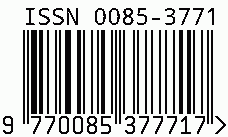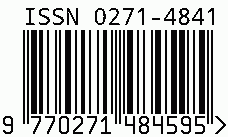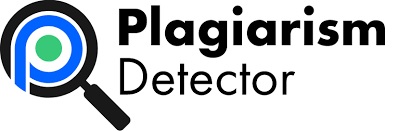Analisis Pendapatan Usahatani Bawang Merah Di Kecamatan Lembor Selatan Kabupaten Manggarai Barat
(Income Analysis of Shallot Farming in South Lembor, West Manggarai)
Abstract
Penelitian ini dilakukan di Kecamatan Lembor Selatan Kabupaten Manggarai Barat bulan 28 Maret Sampai dengan 28 April. Tujuan penelitian ini untuk mengetahui: (1) Aspek teknis usahatani bawang merah ; (2) pendapatan usahatani bawang merah; (3) keuntungan relatif usahatani bawang merah dan ; (4) faktor apa saja yang mempengaruhi pendapatan usahatani Bawang Merah. Metode survey digunakan dalam pengumpulan data. Lokasi penelitian diltentukan secara sengaja. Responden sebanyak 58 kepala keluarga yang telah dipilih secara acak sederhana. Jenis data yang dikumpulkan adalah data primer dan data skunder. Data dianalisis secara kualitatif dan kuantitatif. Menjawab tujuan pertama, aspek teknis usahatani bawang merah digunakan analisis deskriptif, menjawab tujuan kedua yaitu besar pendapatan usahatani bawang merah digunakan formula Pd = TR ̶ TC, tujuan ketiga dijawab dengan menghitung keuntungan relative menggunakan R/C Ratio. Dan tujuan keempat yaitu faktor-faktor yang mempengaruhi pendapatan dianalisis menggunakan analisis regresi linier berganda.
Hasil penelitian menunjukan bahwa (1) dari aspek teknis budidaya bawang merah yang dilakukan masih tergolong sederhana, teknik budidaya dimulai dari tahap persiapan benih, pengolahan lahan, penanaman, dan pemeliharaan yang terdiri dari beberapa tahap yaitu penyulaman, penyiangan gulma, penyiraman, pemupukan, pengendalian hama dan penyakit tanaman, panen dan pasca panen. (2) Total pendapatannya sebesar Rp. 1.114.476.500,00 dengan rata-rata Rp.19.215.112,07 per responden. (3) Keuntungan relatif 3,27. Hal ini dapat diartikan bahwa untuk setiap Rp 1,00 biaya yang dikeluarkan petani, maka petani akan memperoleh penerimaan sebesar Rp 3,27 (4) faktor yang berpengaruh pada pendapatan yakni: sewa lahan, biaya-biaya benih, pestisida, penyusutan, tenaga kerja, sewa traktor, pupuk, dan pengangkutan. .
ABSTRACT
This research was conducted in South LemborSubdistrict, West Manggarai Regency, from March 28 to April 28.This study aims to determine:(1) technical aspects of shallot farming; (2) Large shallot farm income;(3) Large relative benefits of shallot farming and;(4) Knowing what factors affect the income of Onion farming.Data collection method used in this research is survey method.Determining the location of the study was done intentionally.Respondents were assigned as many as 58 family heads who had been selected randomly.The type of data collected is primary data and secondary data.Data obtained were analyzed qualitatively and quantitatively.To answer the first goal regarding the technical aspects of shallot farming, descriptive analysis was used,and to answer the second goal, the shallot farming income is used the formula Pd = TR ̶ TC,and To answer the third goal of calculating relative profits,Data is analyzed using R/C Ratio.Meanwhile, to know the fourth goal is the factors that affect the income of shallot farming, the data can be analyzed using multiple linear regression analysis.The results showed that(1) when viewed from the technical aspects of shallot cultivation the steps undertaken in the research area is still relatively simple,cultivation techniques can be started from the seed preparation stage,land processing, planting,and maintenance which consists of several stages, namely refining, weeding,sprinkling,fertilization,pest control and plant diseases,harvest and post harvest.(2) The amount of shallot farming income in South Lembor District is high,where the total income is Rp. 1,114,476,500,00 with an average of Rp.19.215.112,07 per respondent.(3) The magnitude of the relative benefits of shallot farming in South Lembor District is 3.27.This can be interpreted that for every Rp 1.00 cost incurred by farmers,then the farmer will receive revenue of Rp 3.27 as a benefit from the shallot farming activities.(4) factors that affect the income of shallots farming in South Lembor District consist of land rent,seed costs,the cost of pesticides,cost of depreciation,labor costs,tractor rental fee,fertilizer costs,and transportation costs.

 Eugenius Andika Damsut(1)
Eugenius Andika Damsut(1)














